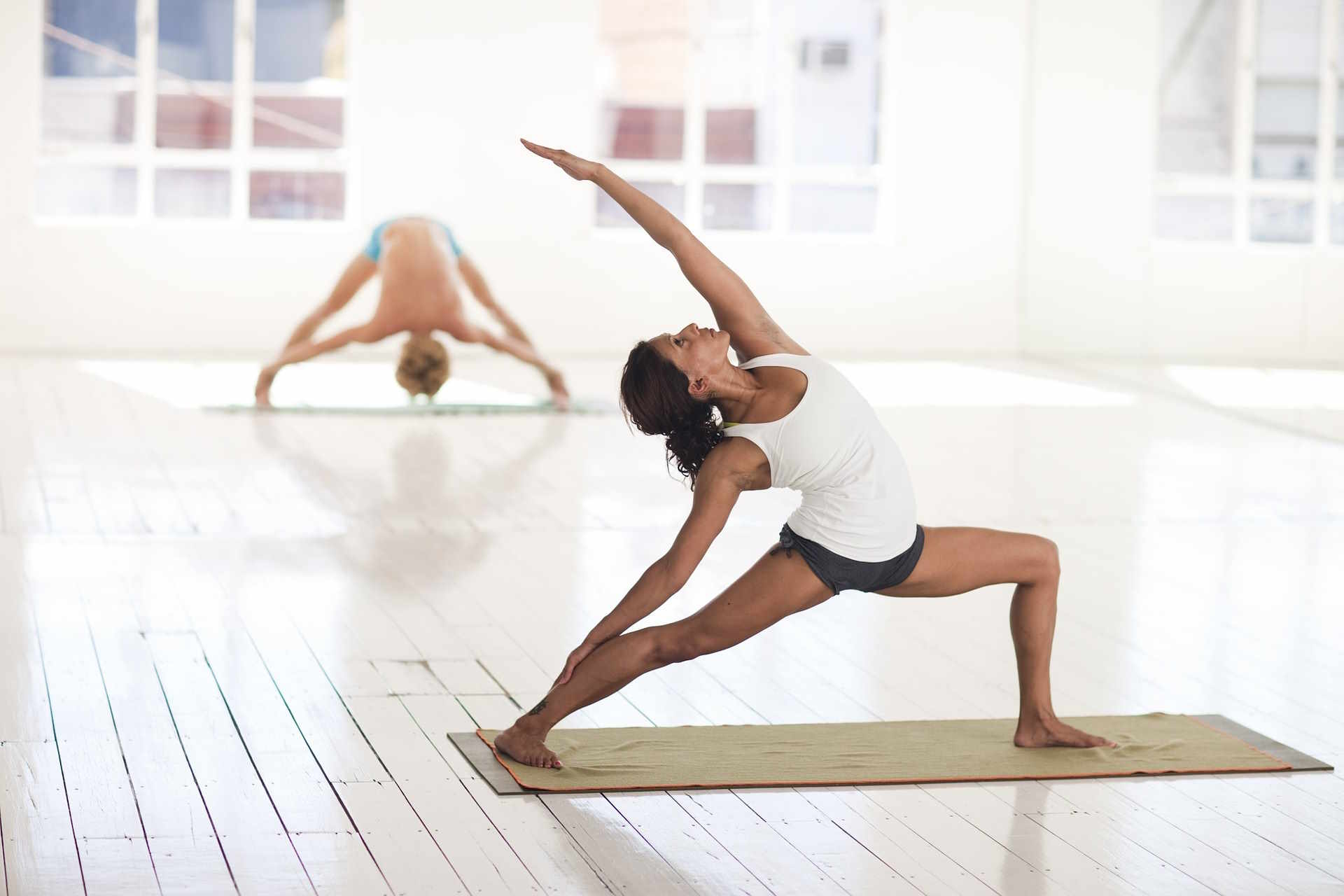Targeted mobility drills to reduce stiffness and improve range of motion
Targeted mobility drills can help reduce daily stiffness and restore smoother movement for both everyday tasks and exercise. This article highlights joint-specific drills, practical guidance on posture and flexibility, and recovery strategies including hydration and nutrition to support long-term mobility and wellness.
Targeted mobility drills focus on improving joint function and the nervous system’s ability to control movement. Rather than forcing a stretch, these drills emphasize controlled, repeatable movement patterns that gradually expand range of motion, reduce stiffness, and make cardio and resistance training more effective. Practicing mobility alongside proper nutrition, hydration, and recovery can support tissue health and improve endurance throughout daily life and workouts.
This article is for informational purposes only and should not be considered medical advice. Please consult a qualified healthcare professional for personalized guidance and treatment.
Mobility: Which drills help reduce stiffness?
Joint-specific drills like controlled articular rotations (CARs), ankle circles, hip CARs, and thoracic spine rotations target the areas that commonly stiffen. Perform each drill for 6–10 slow, controlled repetitions, focusing on full available range without pain. These movements train the nervous system to accept new ranges and can be done before resistance or cardio sessions to prime joints, or as a short routine during breaks to counteract prolonged sitting.
Posture: How does alignment affect mobility?
Poor posture alters joint loading and often leads to stiffness where muscles and connective tissue become shortened or inhibited. Mobility drills paired with posture cues—such as maintaining a tall spine during thoracic rotations or engaging the glutes during hip drills—help reestablish proper alignment. Regular attention to posture supports balance, reduces compensations during resistance work, and improves functional movement efficiency for daily tasks.
Flexibility: How is this different from mobility?
Flexibility refers to the length of a muscle, while mobility describes the control and usable range around a joint. Both matter, but mobility drills prioritize controlled movement through the joint and often incorporate strength at end ranges. Combining flexibility work (targeted stretching) with mobility drills creates more resilient movement patterns; for example, following hamstring stretching with hip mobility drills can improve the functional range used when bending or performing deadlifts.
Stretching: When and what type to use?
Dynamic stretching and active mobility are best used before activity to elevate blood flow and prepare joints, whereas gentle static stretching is often more useful after workouts or during dedicated recovery sessions. Active-assisted stretches, slow eccentric loading, and PNF techniques can all support flexibility while preserving joint control. Pair stretching with brief mobility drills to integrate improved range into stable, usable movement.
Recovery: How do hydration and nutrition support mobility?
Recovery strategies are integral to reducing stiffness. Adequate hydration helps maintain tissue pliability and joint lubrication; electrolytes can be important when workouts or heat increase sweat losses. Protein and micronutrients support tissue repair, while anti-inflammatory nutritional choices may reduce persistent soreness. Sleep and active recovery—such as light cardio or low-impact movement—help consolidate mobility gains and improve endurance for subsequent sessions.
Hydration and cross-training: How do cardio, resistance, skincare, and endurance tie in?
Cardio and resistance training benefit from improved mobility because joints can move through fuller ranges safely, reducing compensatory patterns. Endurance work that includes mobility-focused warm-ups often feels smoother and places less strain on connective tissue. Skincare may seem separate, but maintaining skin health (through hydration and gentle care) supports comfort when movement increases sweating and friction in folds; this contributes indirectly to consistent training and recovery routines.
In practice, build a short daily mobility routine: choose 4–6 drills targeting your main areas of stiffness, perform controlled repetitions, and follow with brief activation for strength at end ranges. Integrate hydration and balanced meals, prioritize sleep, and use light cardio as active recovery on rest days. Over weeks, consistent attention to these elements tends to reduce stiffness and restore practical range of motion without aggressive or painful interventions.
Targeted mobility drills are a conservative, adaptable approach to improve how your body moves. With consistent practice, mindful posture, appropriate stretching, and supportive recovery habits—including hydration and nutrition—you can reduce stiffness, enhance functional flexibility, and preserve long-term movement quality.






